Homemade Tahini
Tahini, aka sesame paste, is a very common ingredient in Mediterranean cuisine and has many uses in the kitchen. Not only is it an essential component in making hummus, or baba ganoush, but it’s also fantastic in dressings, sauces and countless recipes!
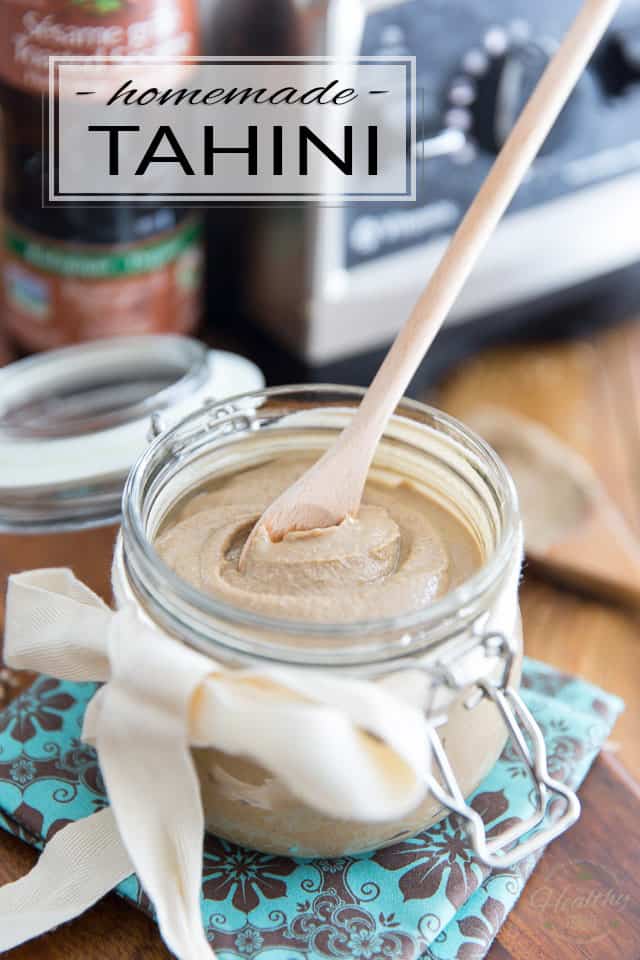
Tahini can get a tad pricey when you buy it at the grocery store, especially if you like to reach for the organic, fair trade jar like I do; the good thing is that you can make your own at home for a fraction of the cost, in very little time, and chances are it will taste much better, too!
The only ingredients that you will need to make tahini paste are sesame seeds and some light tasting oil. Although me, I like to add a little pinch of salt to mine: I find it helps in bringing out the delicate nutty flavor of the seeds.
Of course, your main ingredient would be sesame seeds. Which ones to use is entirely up to you, as any kind will work: natural unhulled, hulled raw or hulled toasted. Even the black variety works! Each variety will give your tahini a different flavor, color or texture.
The stuff you get at the store is typically made from hulled, raw sesame seeds. These seeds give out a lighter-colored and smoother tahini. Me, I prefer to stick with the unhulled natural sesame seeds, although the final texture of the paste is not quite as smooth, I find it has a richer flavor and also harbors more of the good nutrients. Hey, I’m all for less processed!
Since the natural unhulled seeds tend to be a tad more bitter than their hulled counterparts, it’s a good idea to slightly toast them before using, to help tone their bitterness down a notch and also boost their natural nutty flavor. I strongly recommend that you take this same approach if using the hulled, raw variety. Your final product will taste so much better!
Also, as is the case with pretty much all nut and seed butters, tahini can be made without ever adding any oil to it. However, if you go that route, it will take a lot longer to grind the seeds down and the final product will not be nearly as creamy as it gets when adding a little bit of oil. I suggest you start by adding a few tablespoons, and once the seeds are ground into a paste, add more until you get the desired consistency.
Again, which oil to use is entirely up to you, but be sure to stick with a light/neutral flavored oil, such as avocado, flaxseed, walnut, macadamia or light sesame seed oil; although, to help again in boosting the sesame seeds’ nutty flavor just that much more, I like to add one or two teaspoons of toasted sesame oil to my tahini. Don’t go using too much of that, though, or you would totally overpower the delicate flavor of your tahini.
Lastly, I strongly recommend using a high-speed blender for this task. While a food processor would also get the job done, these guys are simply not nearly as powerful, so you’ll never get the same creaminess AND will have to use much more oil to get there, too.
Simple enough? I thought so!
If using raw, untoasted sesame seeds, be them hulled or unhulled, I strongly suggest that you send them to a quick trip to the oven before you start… roasting those seeds will give your tahini a more intense, nutty flavor. Simply place them on a baking sheet and bake them at 350°F for 8 to 10 minutes, or until they are slightly fragrant and take a very light golden coloration, but not brown. Then, let the toasted seeds cool in the baking sheet until you can safely handle them with your bare hands.
Next, place the sesame seeds — along with 2-3 tablespoons of oil and 1/4 teaspoon of salt, if using — in the container of your high-speed blender. If you didn’t have a high-speed blender, you could always use a food processor although your tahini won’t be as smooth and creamy.
If you wanted to add a little bit of toasted sesame oil, now would be a good time to do it… but remember: go easy on the stuff! It’s extremely aromatic and a little goes a long way. One or two teaspoons will be more than enough.
Turn the blender on at low speed and slowly increase speed to high. Process for a 1 or 2 minutes, using the tamper to press ingredients into the blades, until the mixture forms a thick and fairly smooth paste.
At this point, start adding more oil, 1 to 2 tablespoons at a time, and process again until the desired consistency is reached. How much or how little to add really is entirely up to you.
This is what I like to see when making nut and/or seed butters… when the mixture starts to run freely into the blades and creates a smooth looking swirl like this, that’s when I know I’m done!
See how beautifully creamy that is?
All that’s left to do now is transfer your finished tahini to a glass jar or other non-reactive airtight container and store in a cool dry place for up to several weeks. You may notice that with time, your tahini will tend to separate; if that happens, simply give it a good stir to redistribute the oil.
It will get right back to its rightful, glorious creamy state!
Homemade Tahini
Ingredients
- 4 cups organic sesame seeds, see notes
- 4-8 tablespoons light/neutral tasting oil, see notes
- 1/4 tsp salt, optional
Instructions
- Toasting the raw (hulled or unhulled) sesame seeds will give the tahini a more intense, nutty flavor. If you wish to toast yours, place them on a baking sheet and bake them at 350°F for 8 to 10 minutes, or until slightly fragrant and lightly colored but not brown; then, let the toasted seeds cool until you can safely handle them with your bare hands.
- Place the sesame seeds along with 2-3 tablespoons of oil and 1/4 teaspoon of salt in the container of your high-speed blender. Alternatively, you could use a food processor although your tahini won't be as smooth and creamy.
- Turn the blender on at low speed and slowly increase speed to high. Process for a 1 or 2 minutes, using the tamper to press ingredients into the blades, until the mixture forms a thick and fairly smooth paste.
- At this point, start adding more oil, 1 to 2 tablespoons at a time, and process again until the desired consistency is reached.
- Transfer your finished tahini to a jar or other airtight container and store in a cool dry place for up to several weeks. With time, your tahini might tend to separate; if that happens, simply give it a good stir to redistribute the oil.
Notes
Nutrition
If you’ve tried this recipe, please take a minute to rate the recipe and let me know how things went for you in the comments below. It’s always such a pleasure to hear from you!
You can also FOLLOW ME on PINTEREST, FACEBOOK, INSTAGRAM and TWITTER for more delicious, healthy recipes!


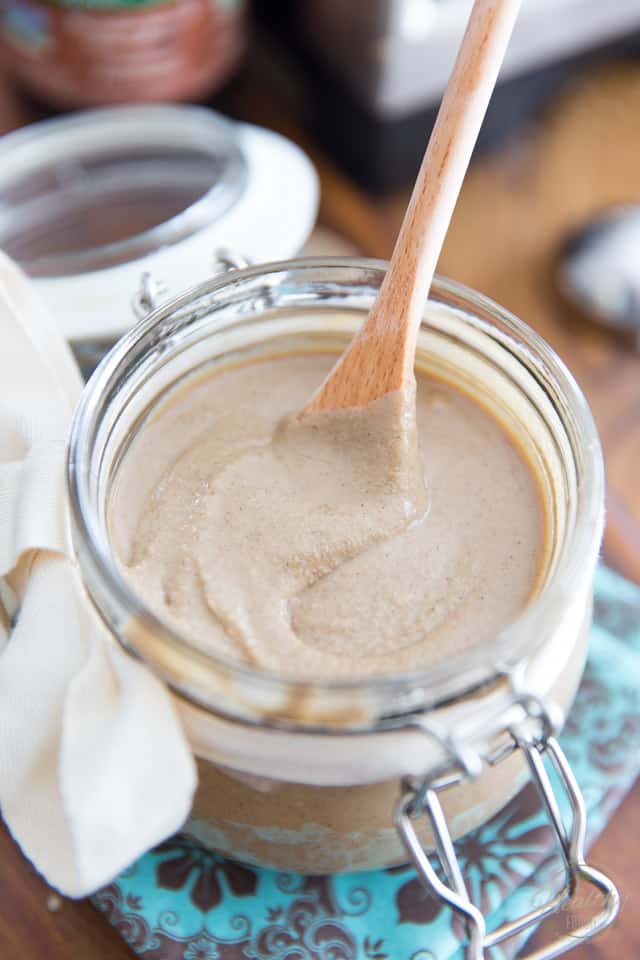
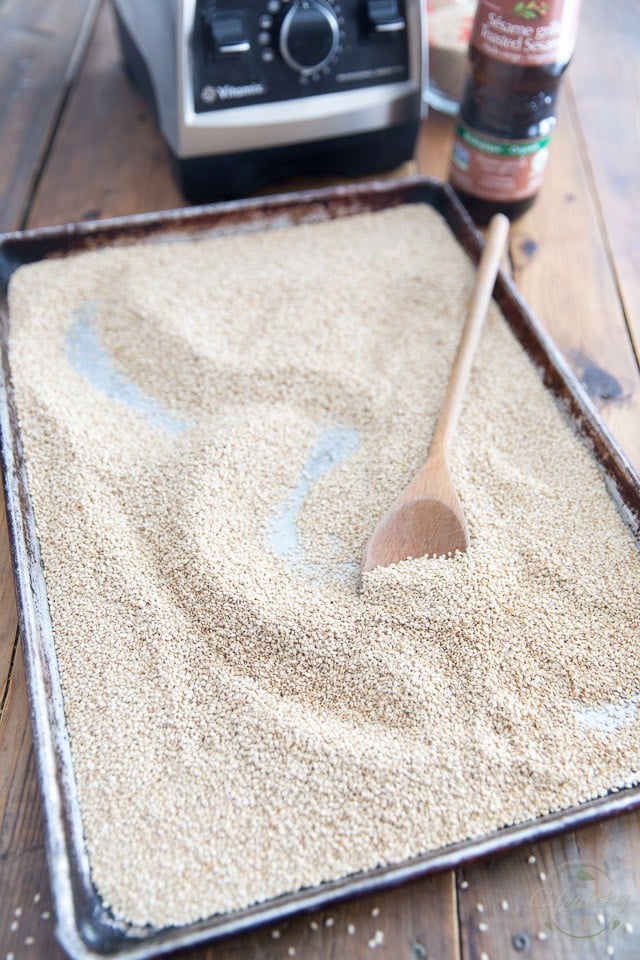
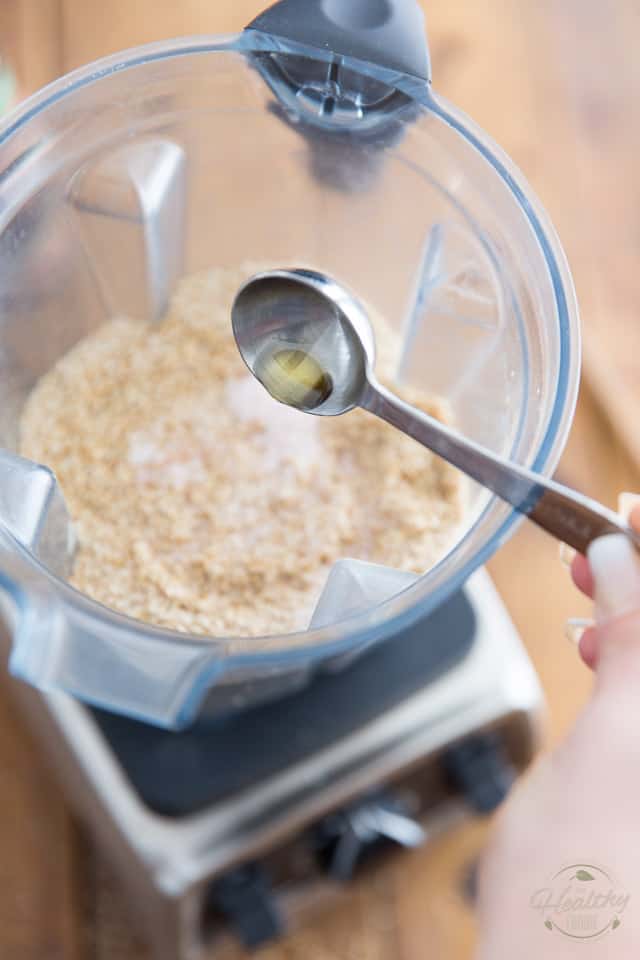
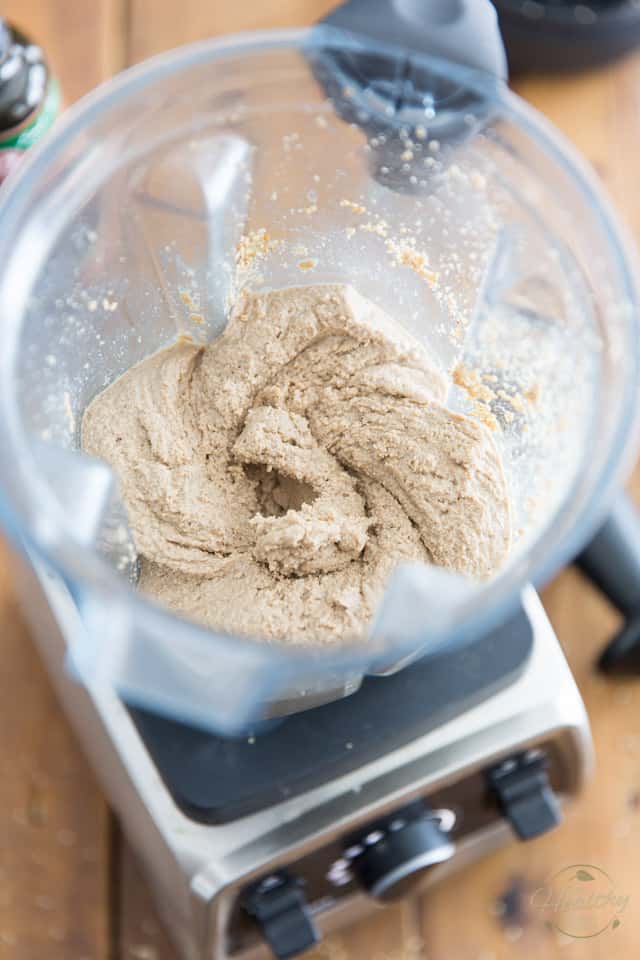
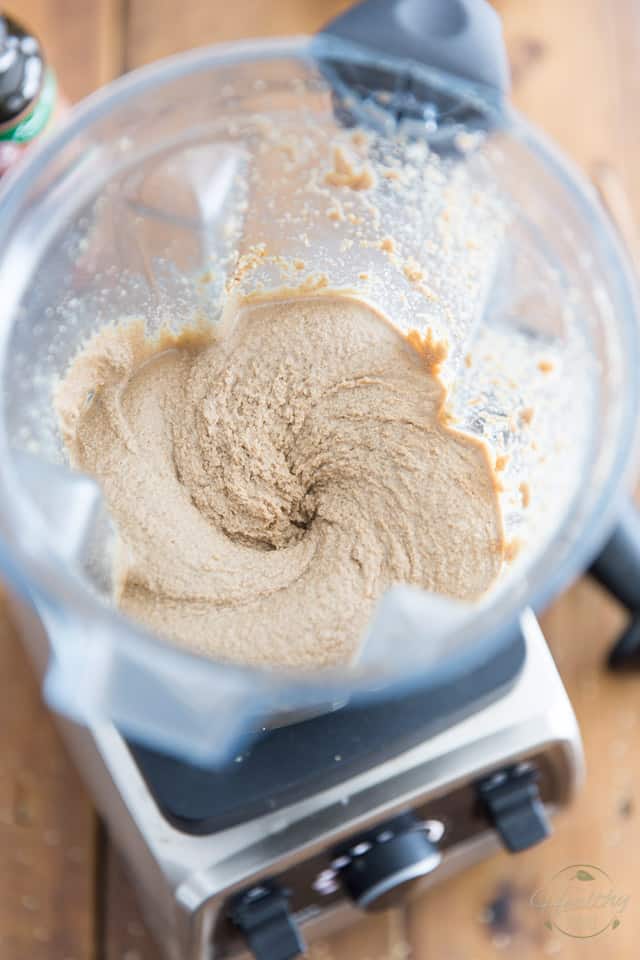
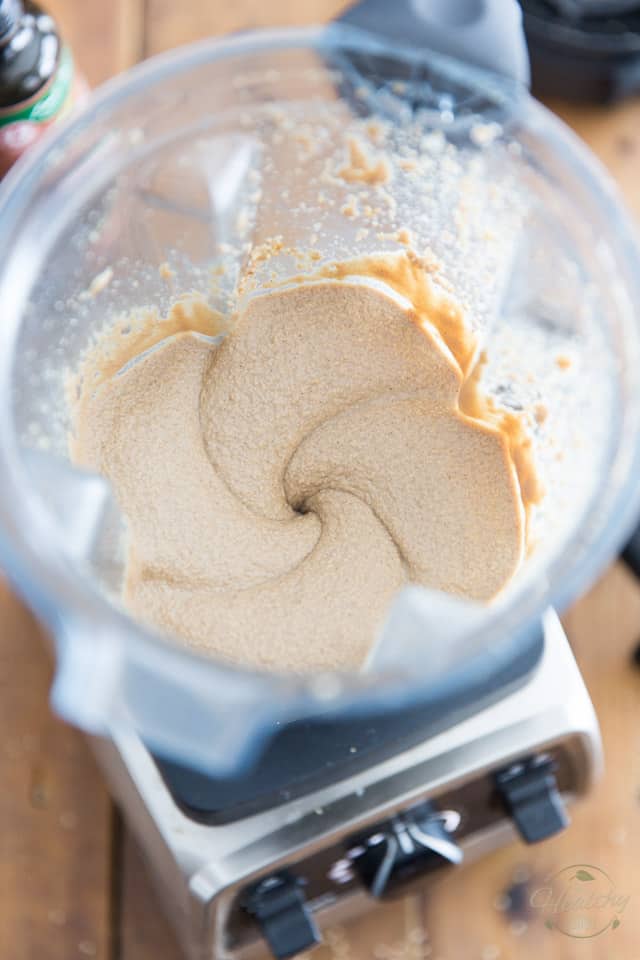
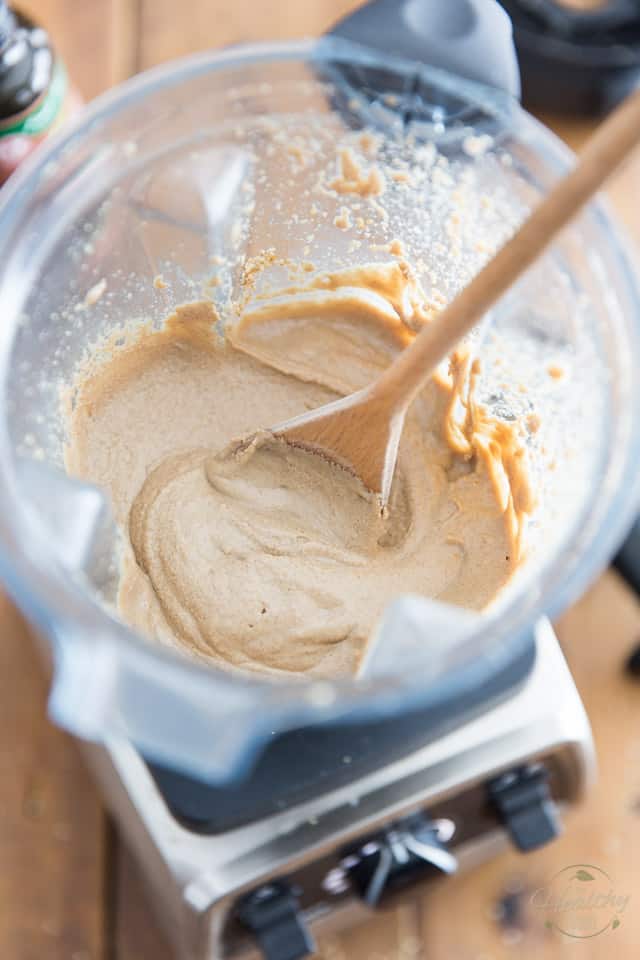
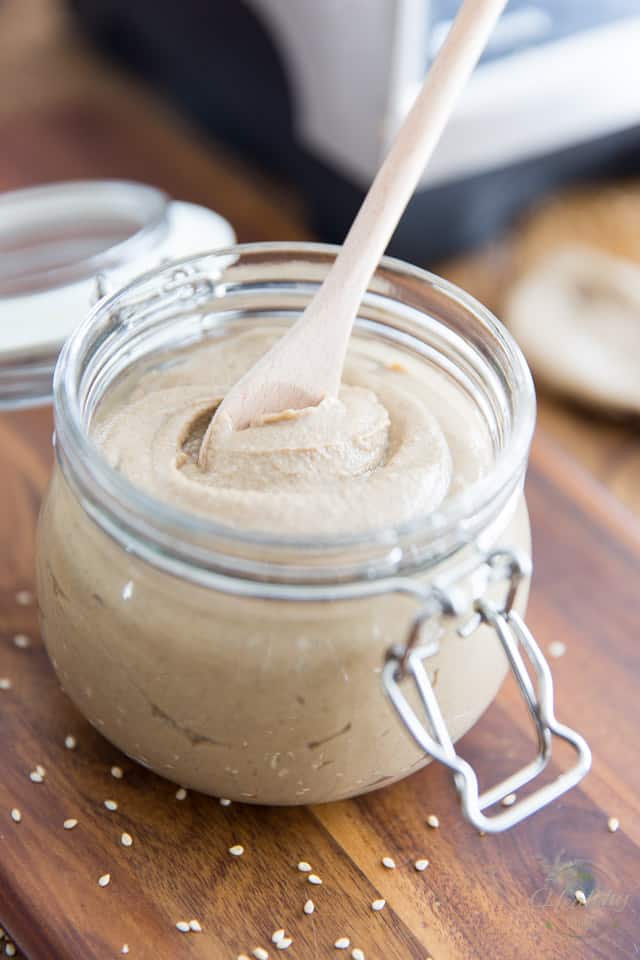
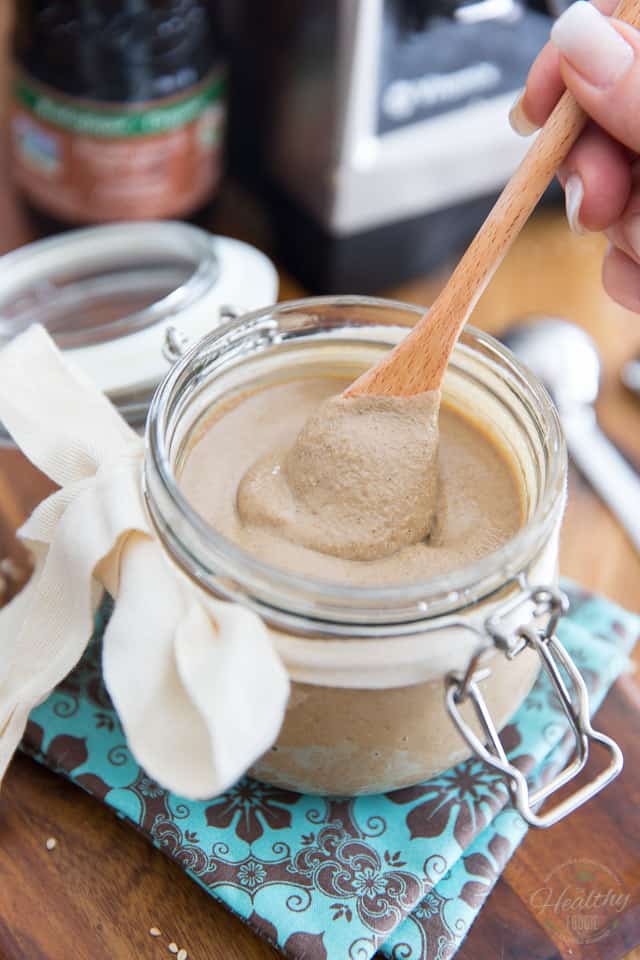
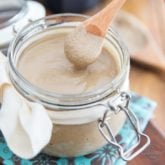
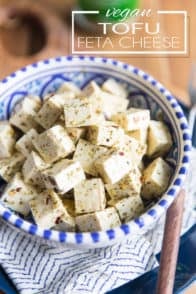






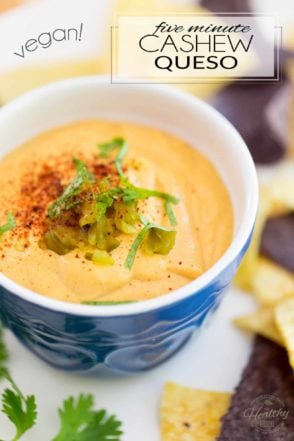

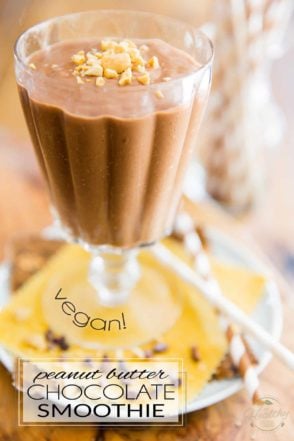
4 Comments on “Homemade Tahini”
Definitely saving this as I use tahini in so many recipes! I’ve never even attempted to make my own, but I can’t wait to try this x
Shannon | https://shannonmichelle1.blogspot.com
Looking forward to trying out his recipe Sonia. How much approximately does your recipe yield?
Thanks!
About 2-1/2 cups, Mel. I put in in tablespoons (40) in the recipe card so the nutritional info makes more sense…
Great! Thank you for replying. I normally buy my tahini so I’m looking forward to using your recipe and comparing the taste.